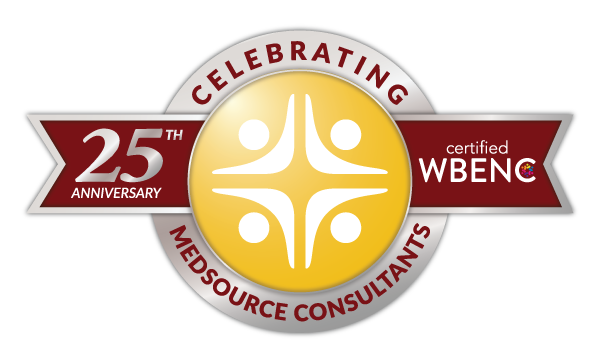Is Free Medical School the Answer to the Country’s Doctor Shortage?
Dawn Pascale

On the surface, the growing physician shortage in the United States can seem counterintuitive, because medical careers are among the highest paying in the country, according to the Bureau of Labor Statistics. Throw in the job growth that comes with a doctor shortage, particularly in primary care, and the decision to pursue a medical career might seem like a no-brainer for any would-be physician.
However, the reality is inherently more complicated, and the factors driving the doctor shortage – and more importantly what to do about them – depend on who you ask. One solution gaining serious traction is offering medical students’ free tuition in order to eliminate the student debt burden that keeps many qualified and talented students from entering medical school and pursuing less “glamorous” or lucrative areas like primary care. But is free tuition the silver bullet the medical industry needs to fill the current and future doctor shortage, or is it just a Band-Aid on a much larger problem?
What is Behind the Ongoing Doctor Shortage in the United States?
The student debt burden – which can reach upwards of $200,000 for the average medical student – is a major driving force in the decision to pursue a medical career (and what specialty to choose), but it is not the only factor. According to a recent report by the Association of American Medical Colleges (AAMC), the physician shortage is expected to grow considerably in the next decade, will encompass other specialty areas in addition to primary care, and will be exacerbated by issues like an increasingly growing and aging population in the United States. When you factor in other systemic problems like access to health insurance and quality care, as well as the administrative burden that comes with operating a successful medical practice, it isn’t hard to understand why the hurdles to becoming a physician outweigh the benefits for many students considering a medical career.
The Pros and Cons of Tuition-Free Medical Education
Advocates of tuition-free medical education, like the program at NYU, and a growing number of programs in the United States believe that eliminating the debt burden, which many see as the greatest barrier to obtaining a medical education, is critical to tackling the doctor shortage in the coming decade. Not only does the affordability factor make medical school more accessible for qualified candidates, it can increase diversity and encourage physicians to pursue areas like primary care without the stress or fear they will not be able to meet their debt obligations.
On the flip side, some argue that simply eliminating tuition at elite medical schools like NYU will not be enough of an incentive to convince driven medical students to pursue underserved communities and understaffed specialties like primary care and medical research.
Find Your Next Position
If there is one silver lining to the doctor shortage in the United States it’s that there have never been more opportunities for talented, skilled and ambitious physicians to find rewarding and lucrative opportunities across fields and practice specialties. Contact one of our healthcare recruiters today to learn more about our job openings and medical staffing services.

